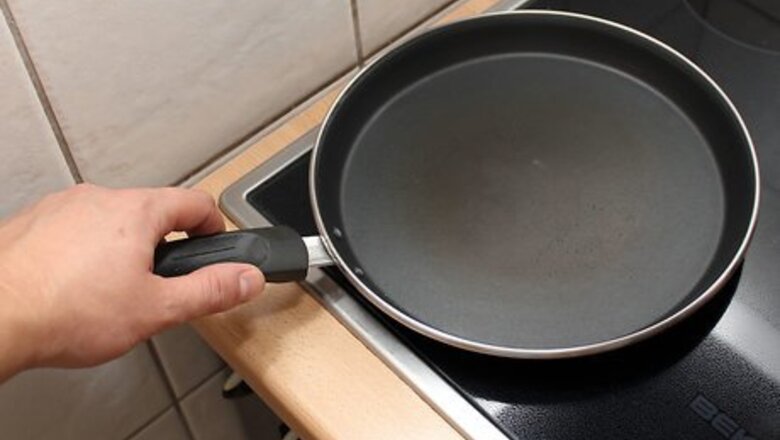
views
Toasting on the Stove Top
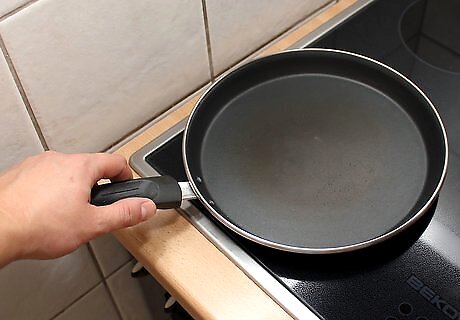
Put a medium-sized pan on medium heat. Get a non-stick medium-sized skillet or a well-seasoned cast iron skillet. Place the pan on a burner and turn it on medium heat. Give it a minute or so to heat up.
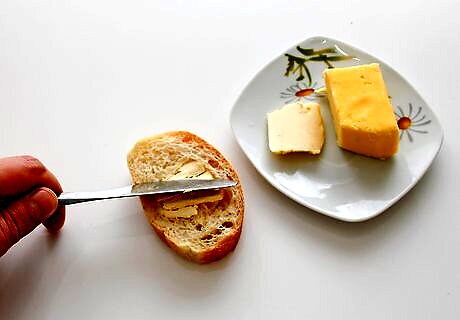
Spread butter on one side of the bread. While your skillet is heating up on the burner, use a butter knife to spread some butter on one side of your slice of bread. Store your butter in a butter dish and keep it on the kitchen counter so that it’s soft and spreadable. If the knife is sticking to the bread too much, hold down a corner of the slice of bread with one of your fingers to keep it in place.
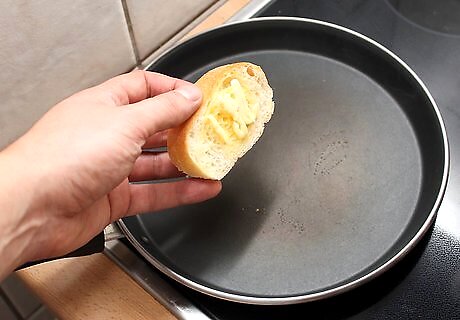
Place the bread in the pan butter side-down. Once buttered, place your slice of bread in the skillet. The buttered side should be the side that’s in contact with the skillet.
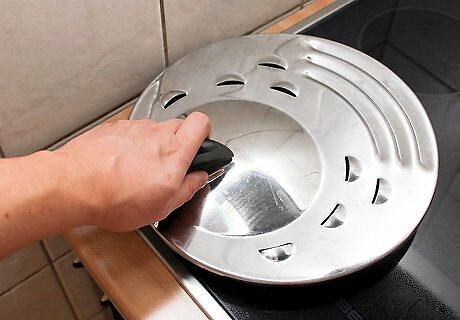
Cover the bread for 2 minutes. Get a heavy pot lid and place it over the skillet for 2 minutes. This will trap the heat in and make the bread toast faster. If your stovetop runs hot or you don’t want your toast to be crispy, put the heat on low.
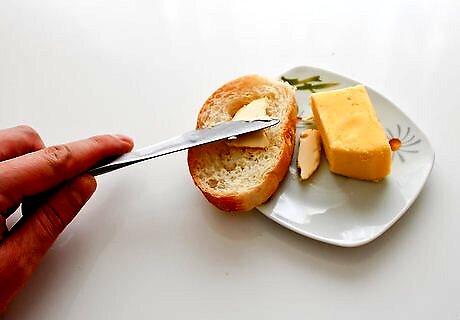
Butter the other side and flip the bread. Once the 2 minutes is up, take the lid off. Spread some butter on the side that’s still facing up while keeping it in the skillet. Then use a spatula to flip the slice of bread over.
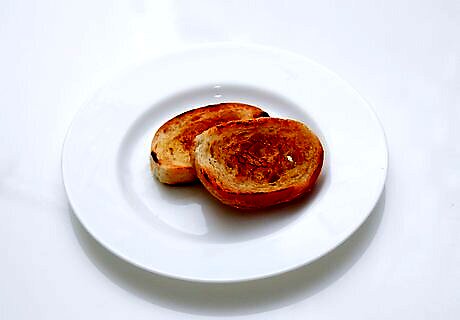
Cover the bread and remove it from the heat after another 2 minutes. Put the lid back on the skillet and wait another 2 minutes. Then, use a spatula to move the toast from the skillet to a plate. Put whatever toppings or spreads you want on your toast and enjoy!
Broiling in the Oven
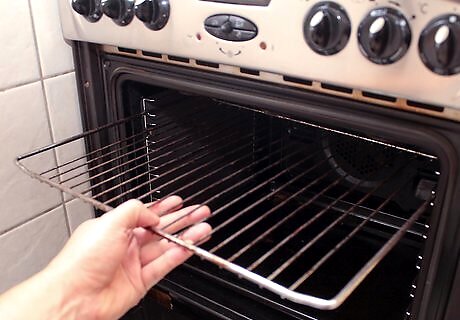
Move your oven rack to the topmost rung. The broiler is located near the top of the oven. Move the rack in order to make sure the bread is kept as close to the broiler as possible while in the oven.

Set the oven to broil and let it preheat. There’s likely an “on” or “off” button for your broiler, but there may also be a “high” or “low” option. Press “on” and/or “high” and give the broiler about 5 minutes to warm up.

Put the bread on a baking sheet and slide it onto the top rack. Put your slice of bread on an ungreased baking sheet. Place the baking sheet on the top rack so that it’s nearest to the heat. If you don’t have a baking sheet, you can also carefully place the bread directly onto the oven grates. Baking sheets are typically big, so this is a good option if you’re making several pieces of toast at once.
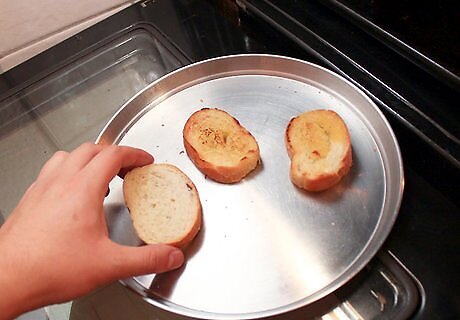
Flip the bread after 1-2 minutes have gone by. Keep a close eye on the bread. The broiler’s high heat will make the toast desirably crispy, but may also burn the toast if left unattended. Use some oven-safe tongs to flip your slice of bread after one or two minutes have passed.
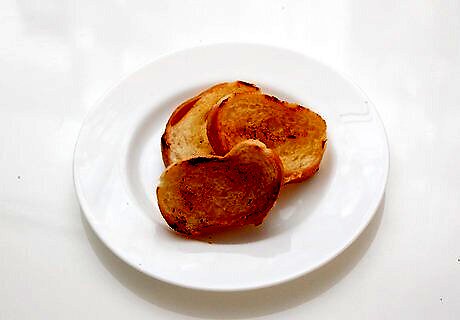
Take the bread out of the oven after another 1-2 minutes. Once another one or two minutes have gone by, put on some oven mitts and take the baking sheet out of the oven. Use tongs to move the toast from the sheet to a plate and put on any spreads or toppings that you want.
Slow-Toasting in the Oven

Preheat the oven to 350 degrees Fahrenheit. Set your oven to a lower temperature setting, ideally 350 degrees Fahrenheit (176.7 degrees Celsius). Wait until you hear the oven beep to put in your bread.
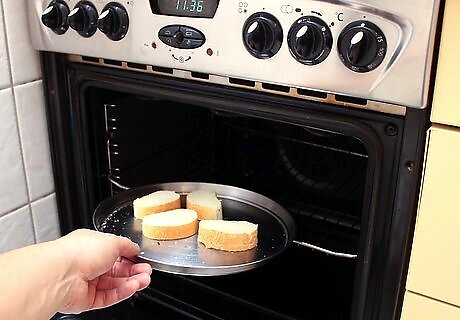
Put the bread on a baking sheet and slide it onto the middle rack. Put the baking sheet on the oven rack that’s most centrally located in order to toast the bread evenly.
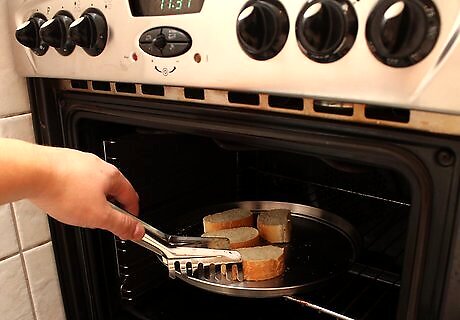
Flip the bread after about 5 minutes. After five minutes have passed, open the oven door and use tongs to flip your slice of bread onto its other side.
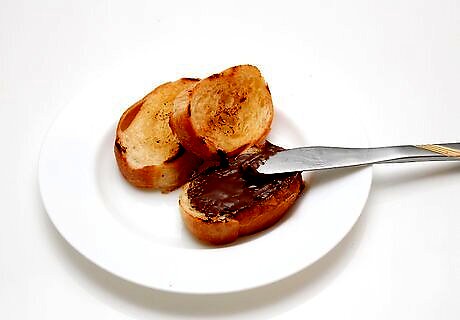
Take the bread out of the oven after another 5 minutes. Make sure to wear oven mitts when you take the baking sheet out. Use the tongs to bring the toast from the baking sheet to your plate. After putting whatever spreads or toppings you want on your toast, it’ll be ready to eat. Try a classic spread or topping, such as peanut butter, nutella, or cinnamon and sugar. If you want to get a little more creative, top your toast with fig jam, goat cheese, and walnuts or hummus and olive tapenade.
Making Toast on a Campfire
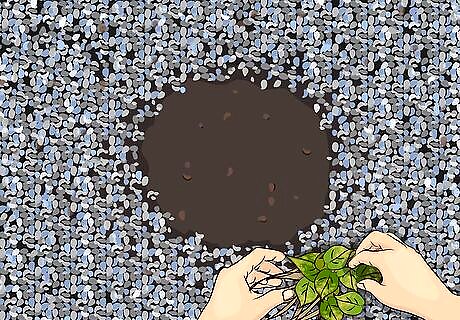
Find a safe place to start your fire. If you don’t have a fire pit available to you, pick a spot to build your fire that doesn’t have loose dirt, grass, or debris. Also make sure not to pick a spot that is near any low-hanging branches.
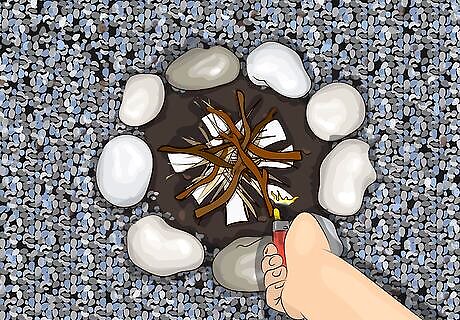
Start a fire. Place some big rocks in a circle immediately around where your fire will be. Lay tinder, such as paper strips, and kindling, such as twigs or cardboard, inside the circle. Light the fire with a lighter and blow on it softly until it catches and spreads. As the fire grows, add more kindling, followed by small logs, and eventually larger logs. If you struggle to keep the fire going and growing, try lighting several different pieces of kindling and tinder at the same time.
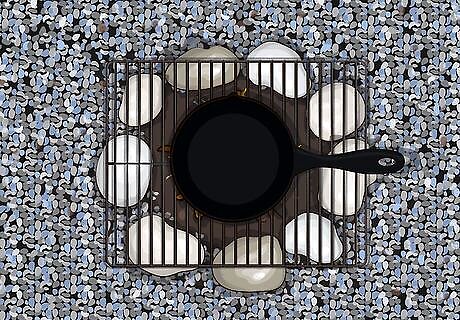
Put a grill rack and a cast iron skillet on the fire. Once the campfire is established, add some charcoal to the fire and then carefully place a grill rack in a stable position over the fire. Then place a medium or large cast iron skillet on top of the grill rack. If you wish to add some flavor to your toast, put some butter in the skillet and let it melt. You can also use leftover bacon grease if you’re making bacon as well.
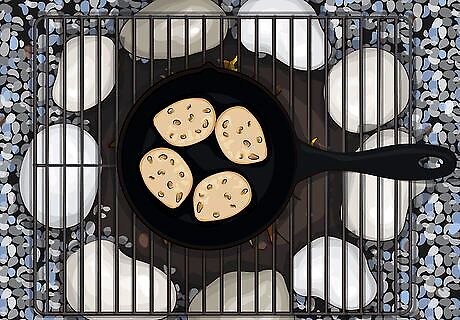
Place the bread in the skillet. Place your slices of bread flat in the skillet. You can put as many slices as will fit in the skillet without any overlapping.

Flip the bread a few times until each side is browned. Campfires can be a little less predictable than toasters, stoves, or ovens, so flip the bread with tongs after 20 or 30 seconds to see how quickly the bread is toasting. Flip the bread again after another 30 seconds or so and flip it a few more times if necessary. Use the tongs to remove the toast from the skillet once both sides appear to be equally browned.
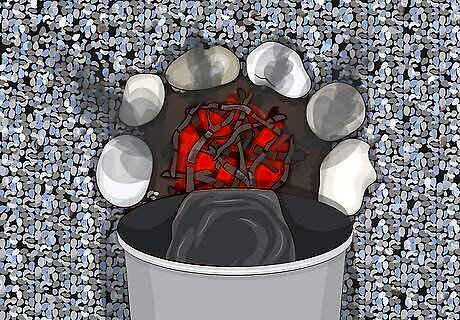
Put out your campfire. Once you’re done enjoying your campfire, fill a big bucket with water and dump it onto the fire to put the fire out. Stir the embers with a stick while you do this to ensure that all of the coals get wet. It’s safe to leave the area once you no longer hear a “hissing” sound coming from the embers and ash.















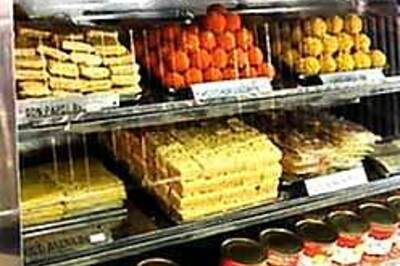
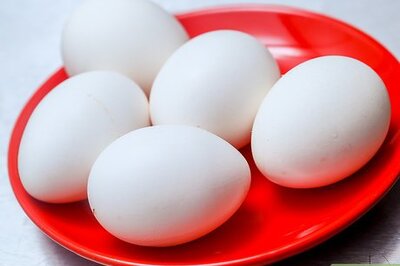
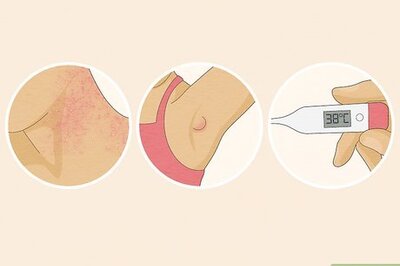
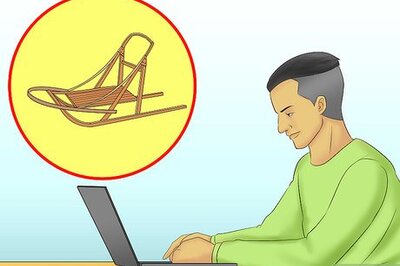
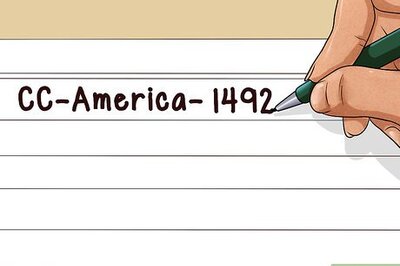
Comments
0 comment